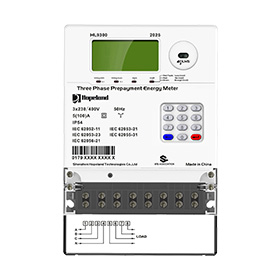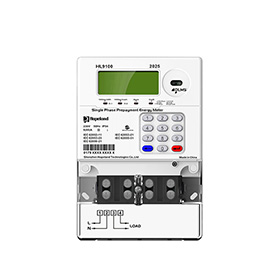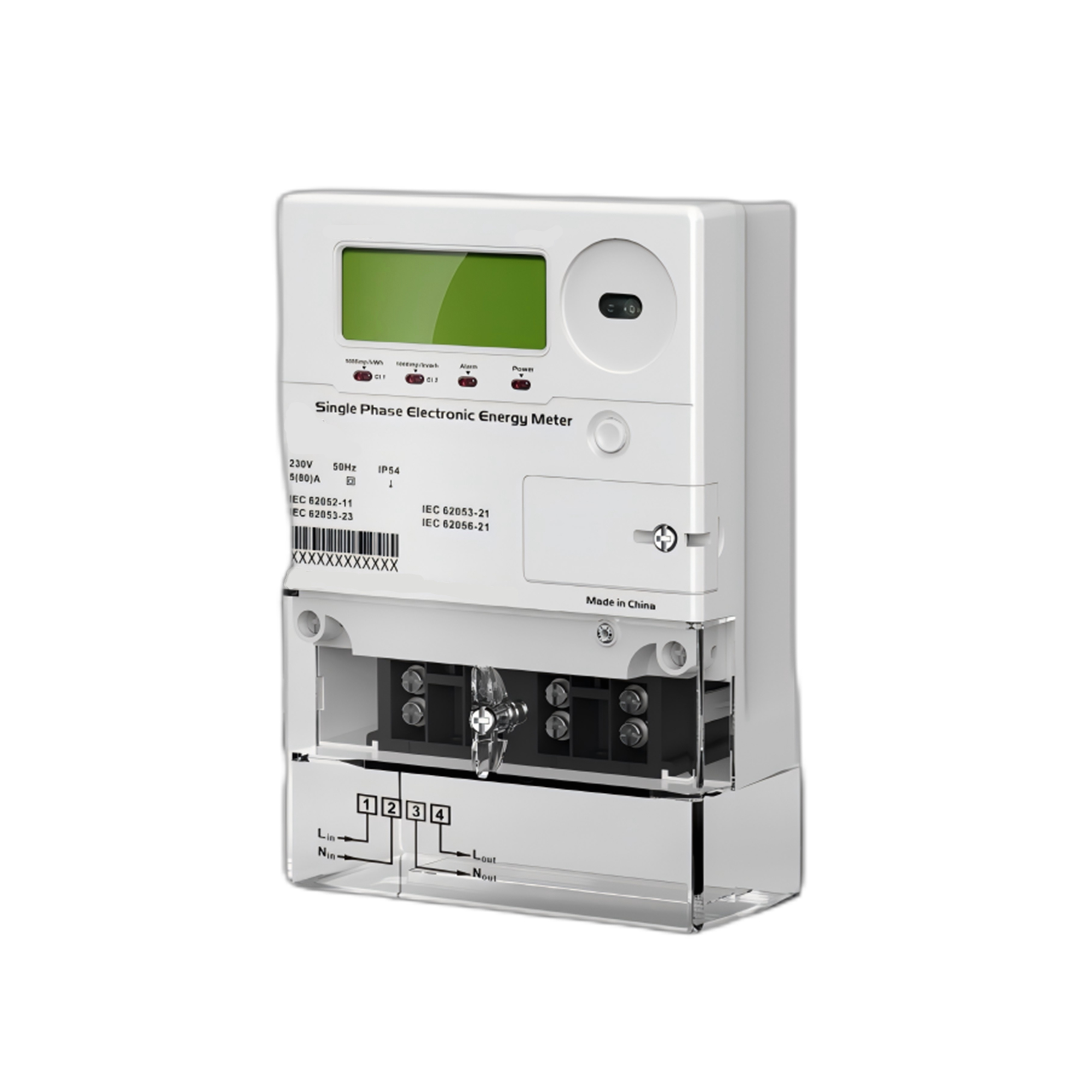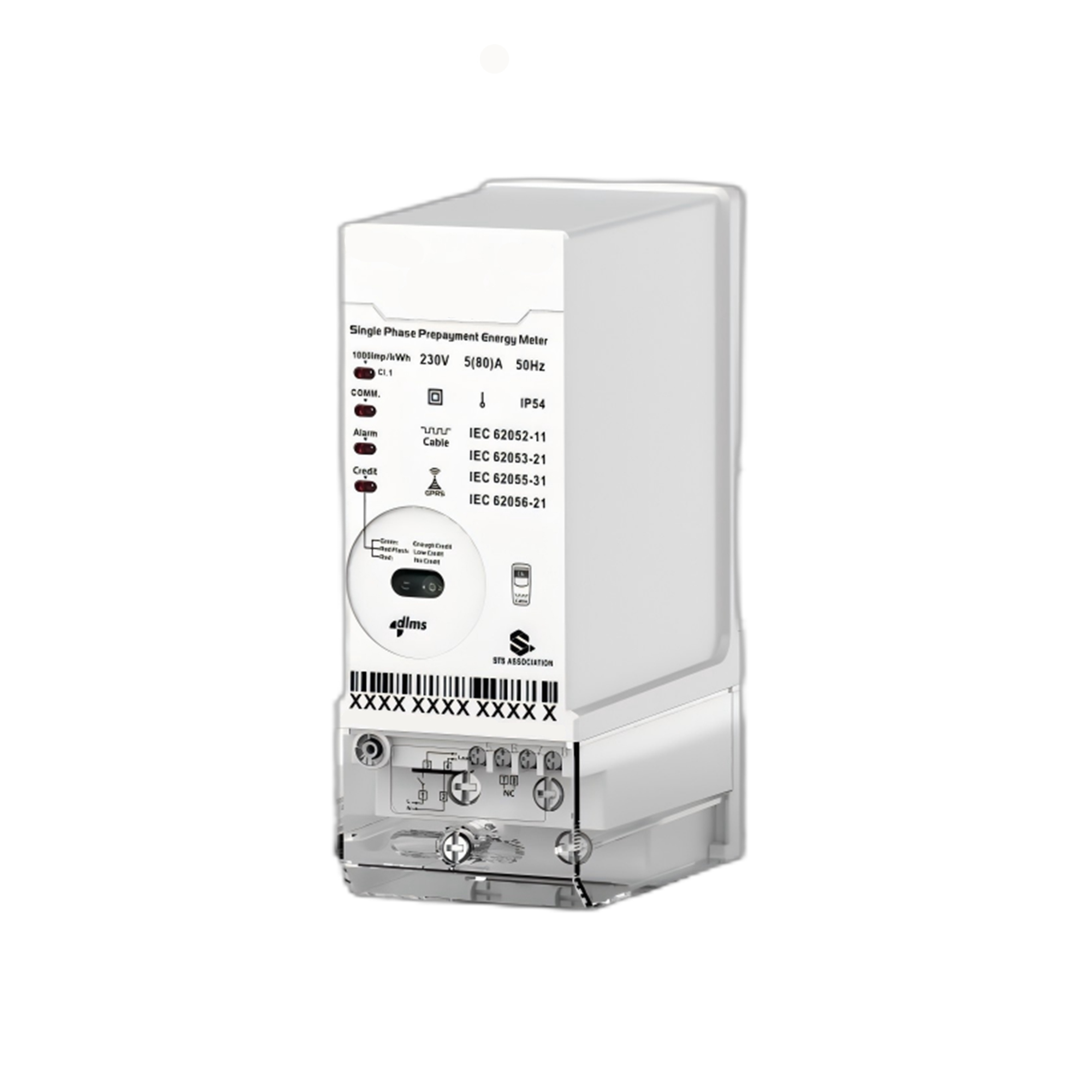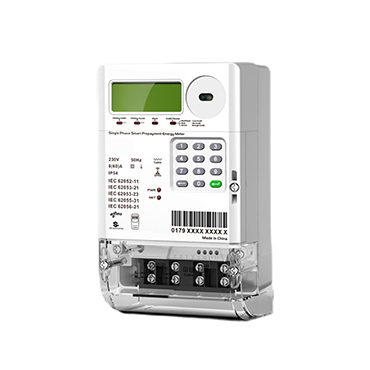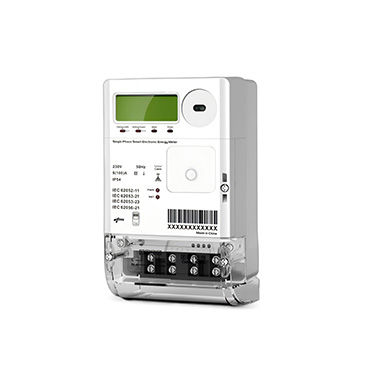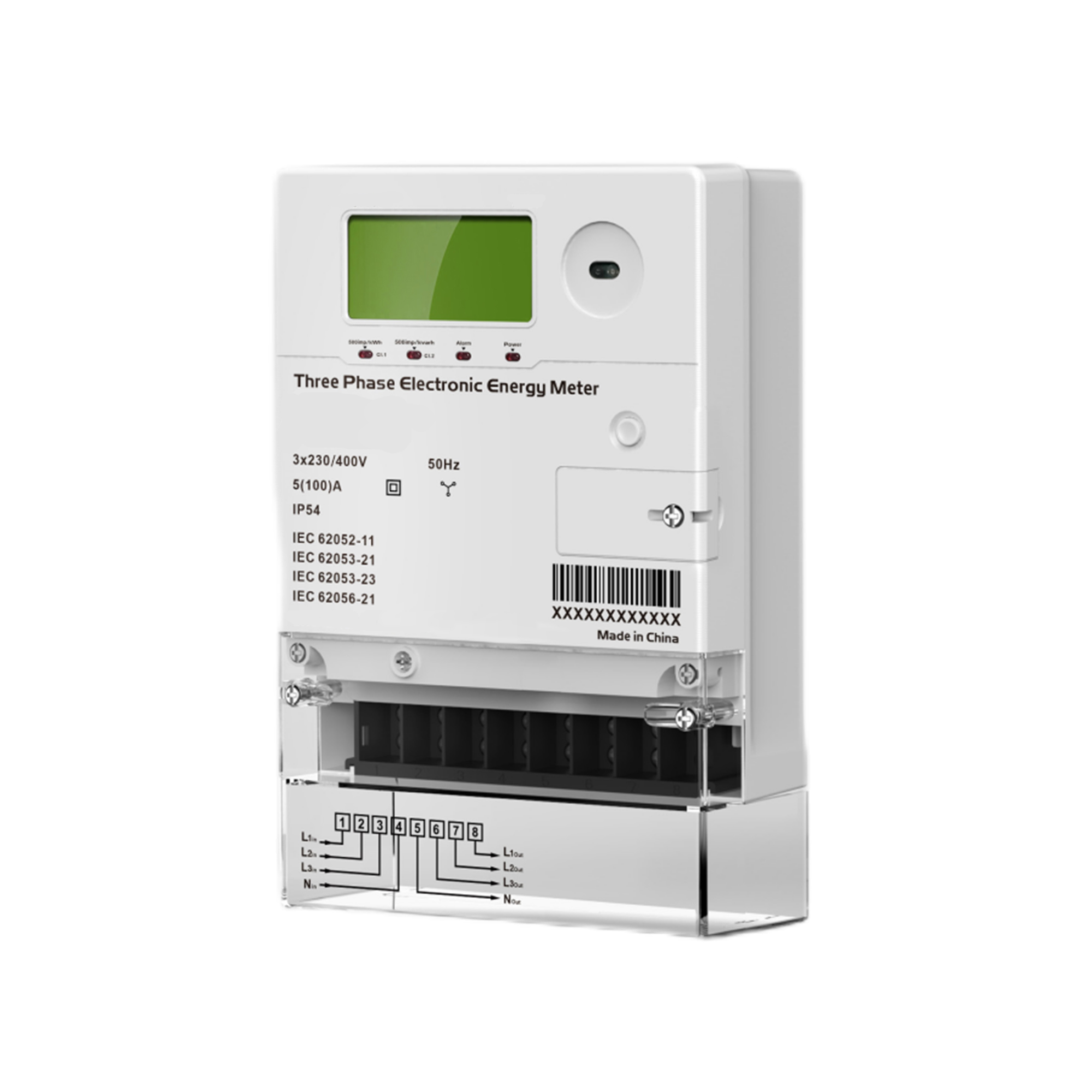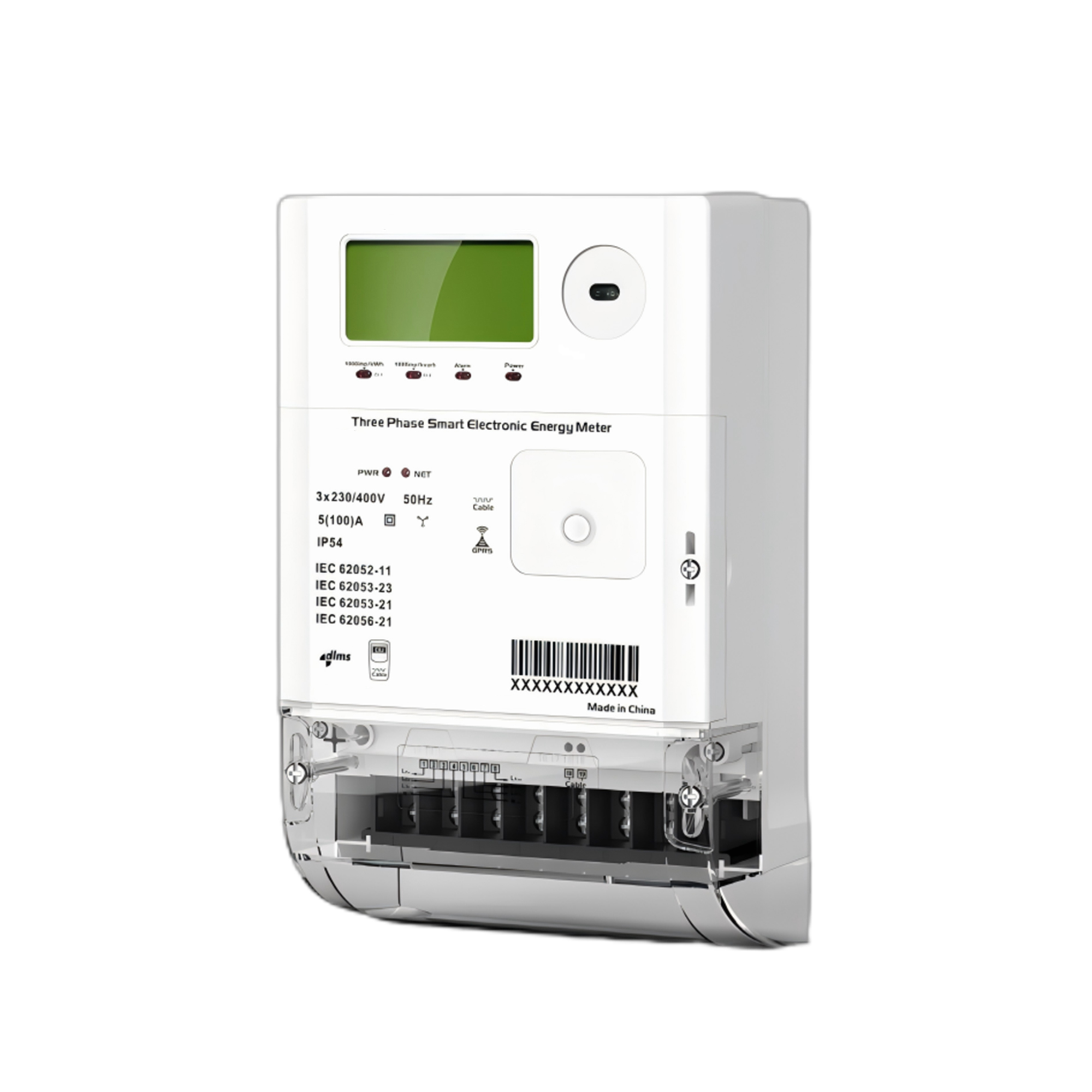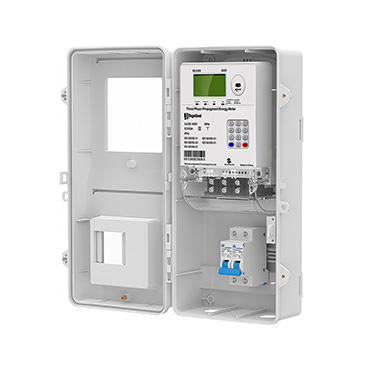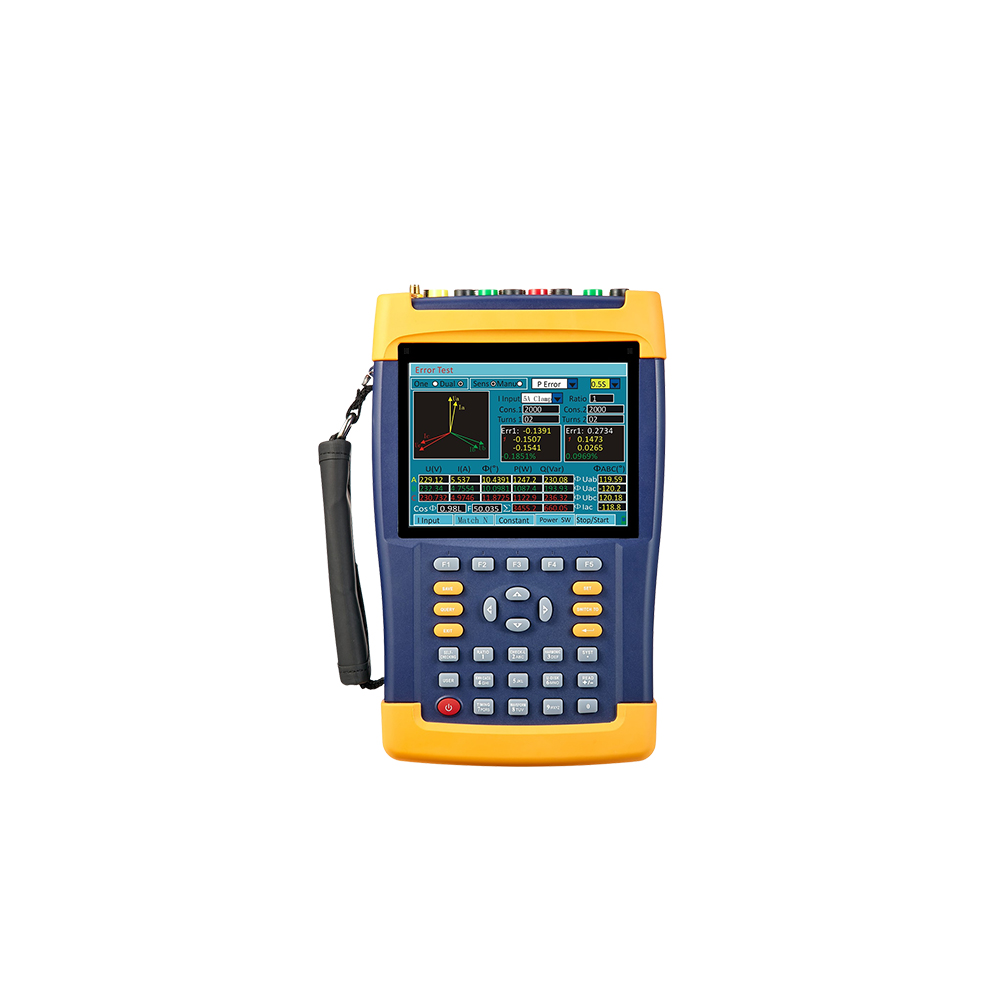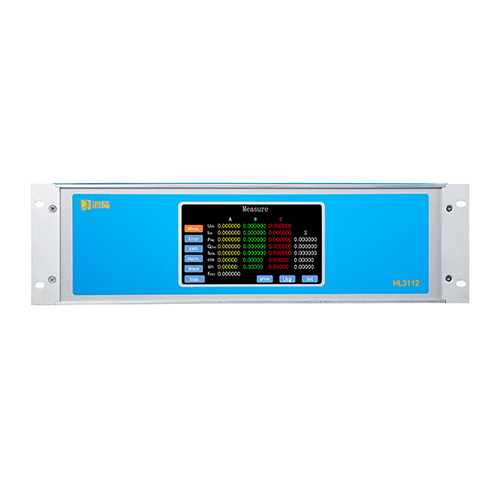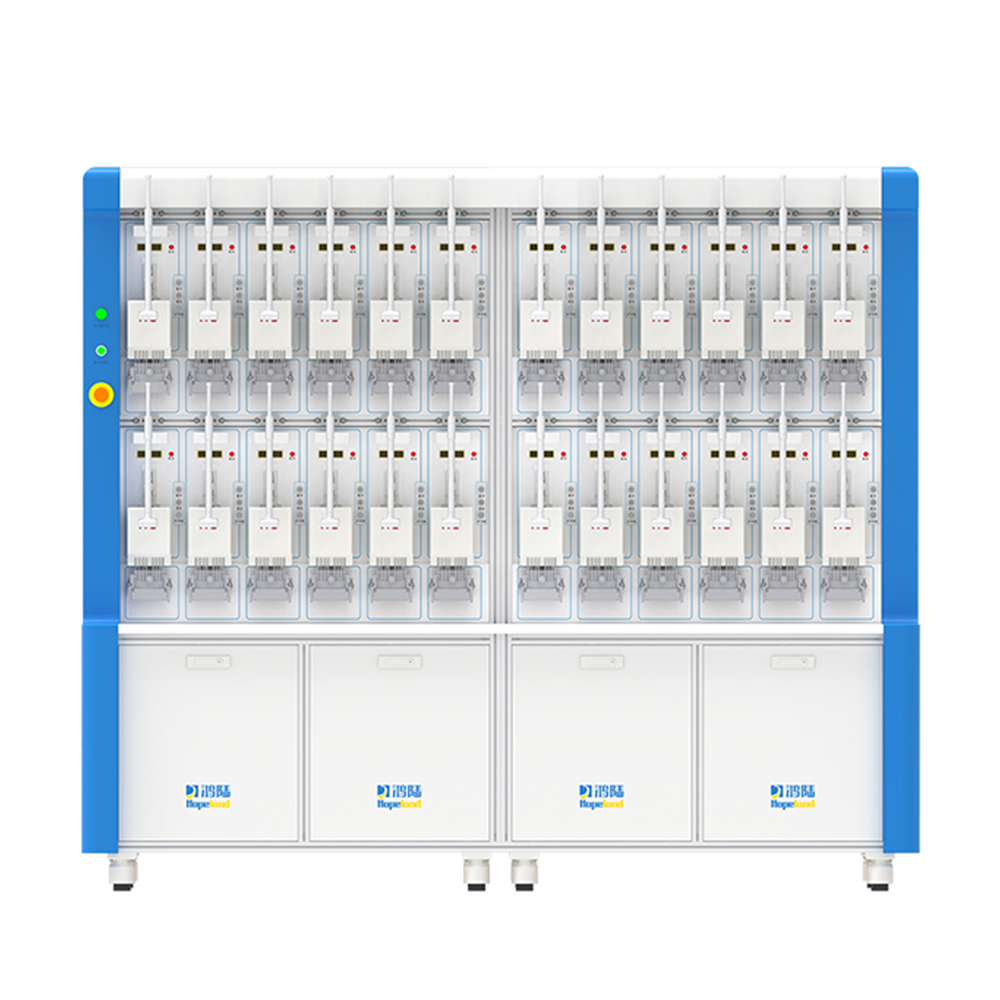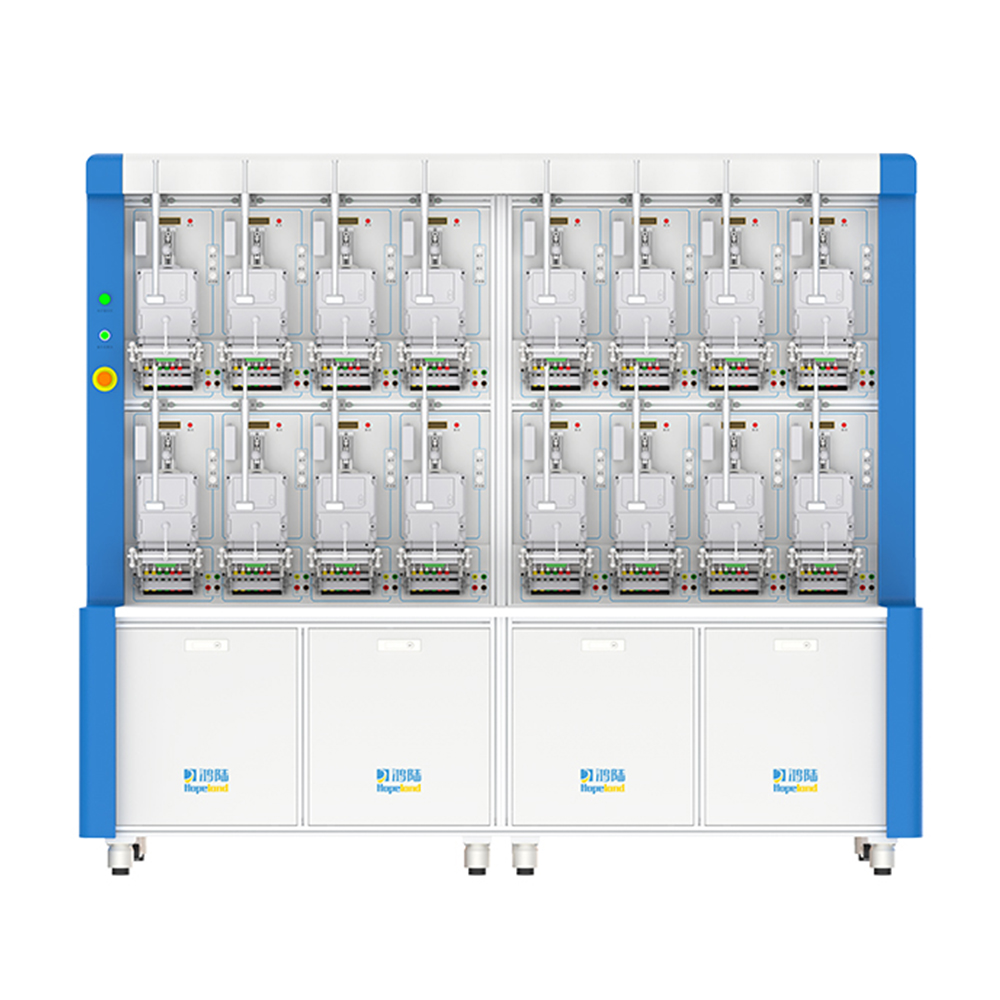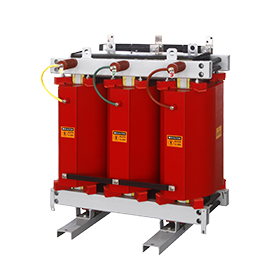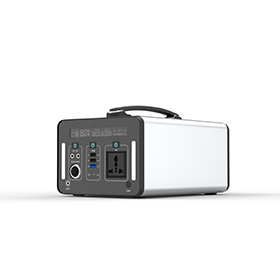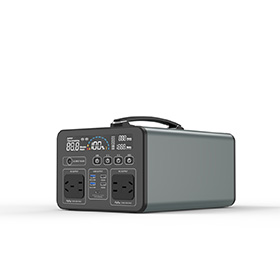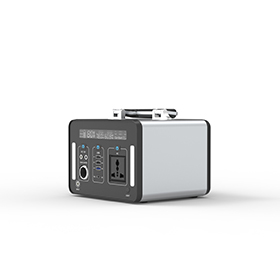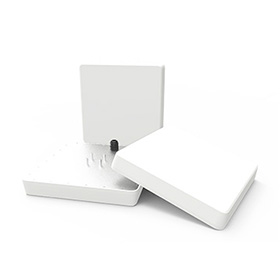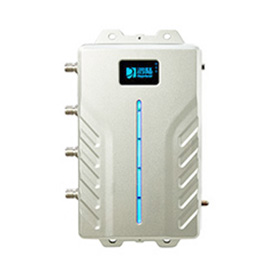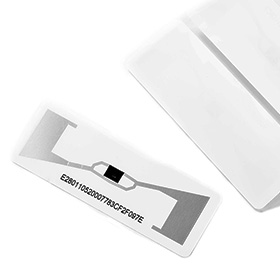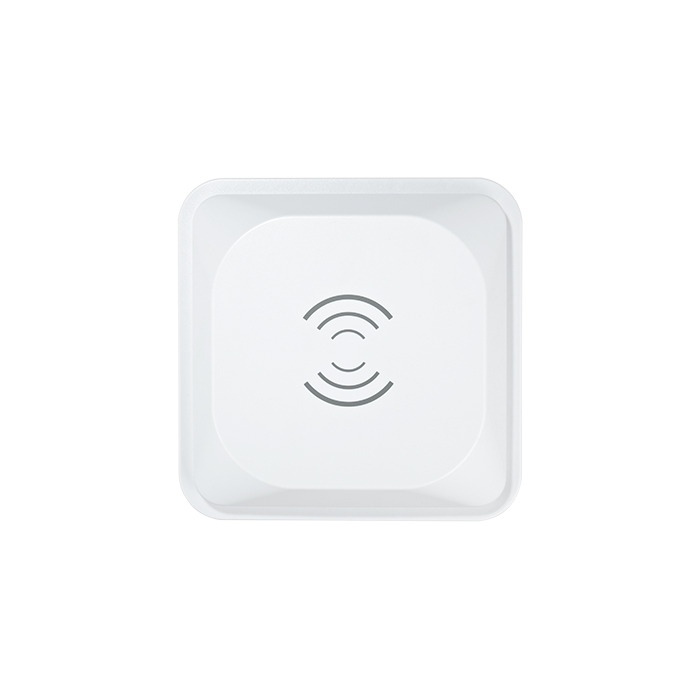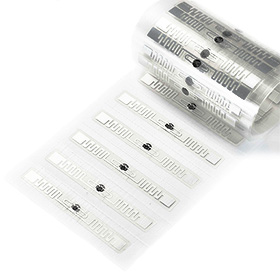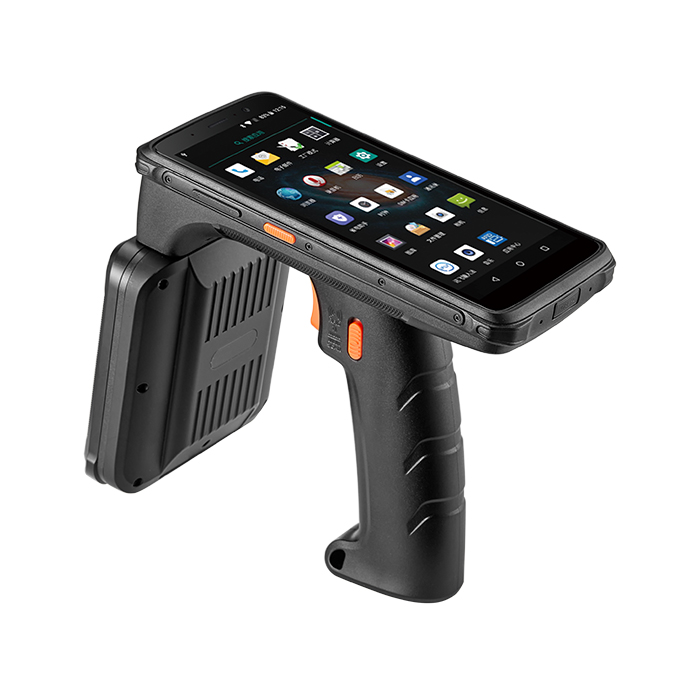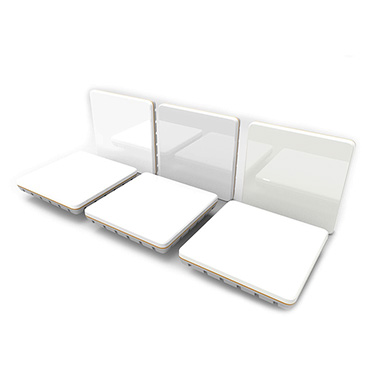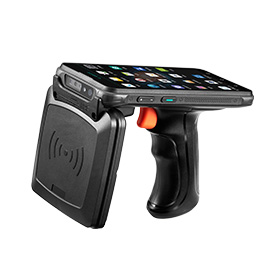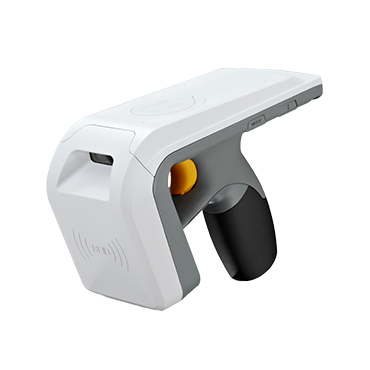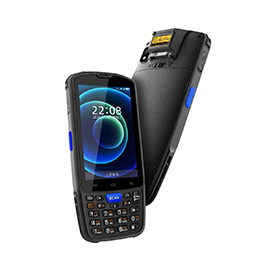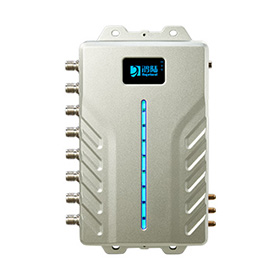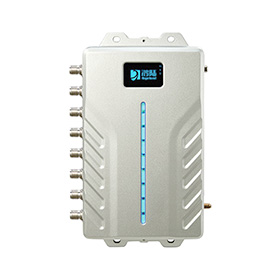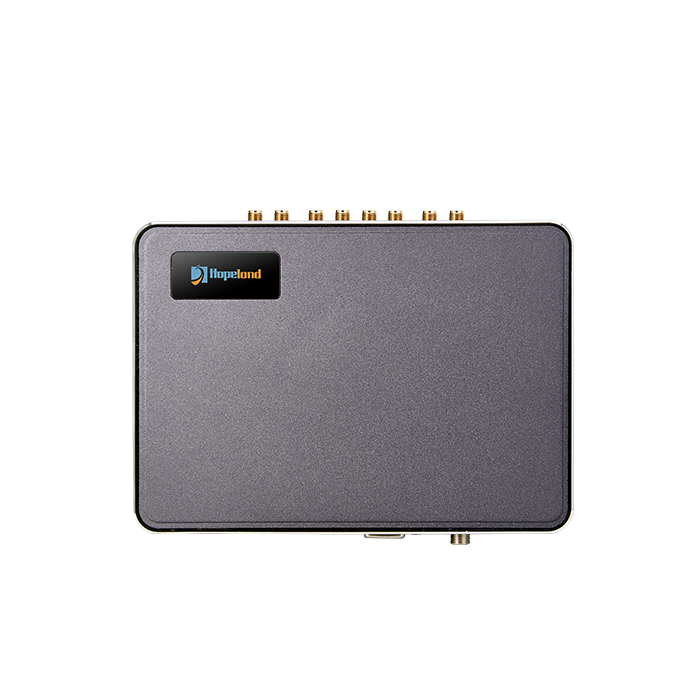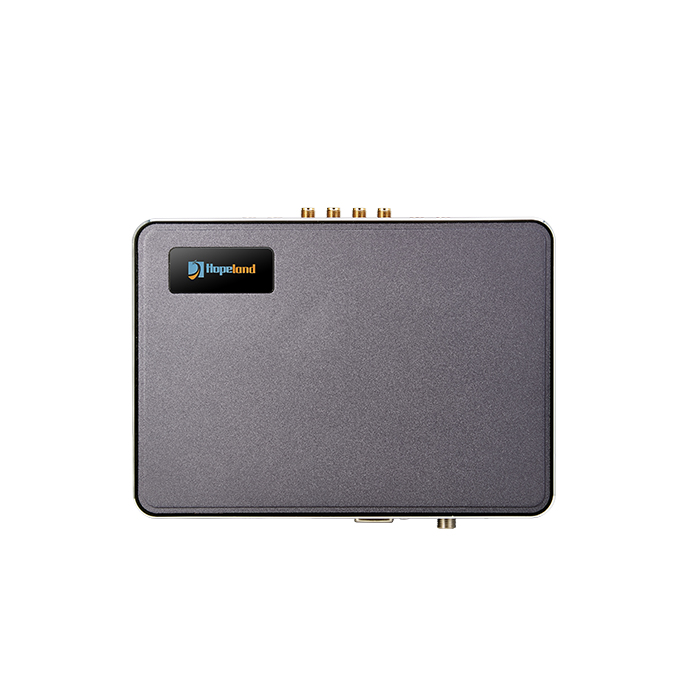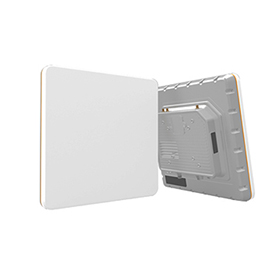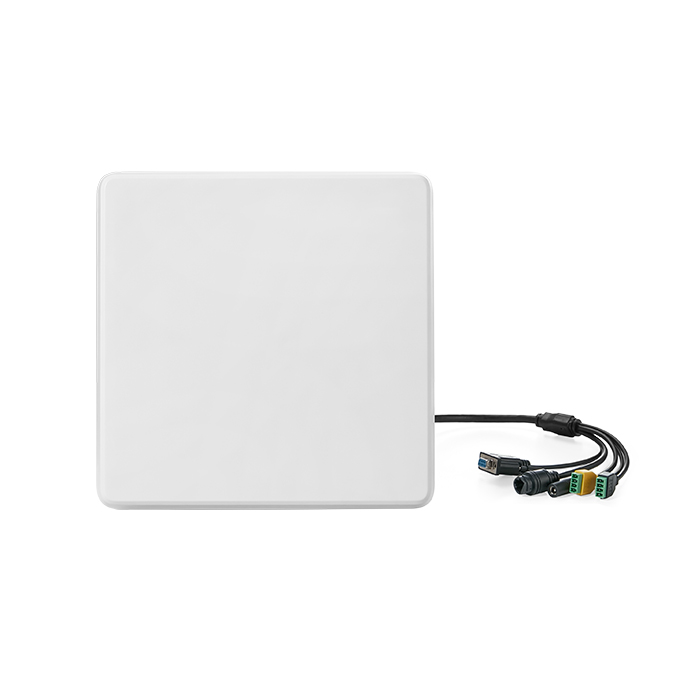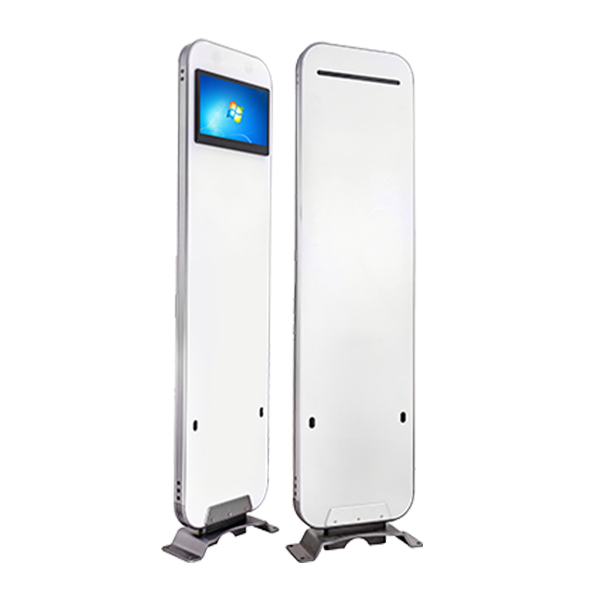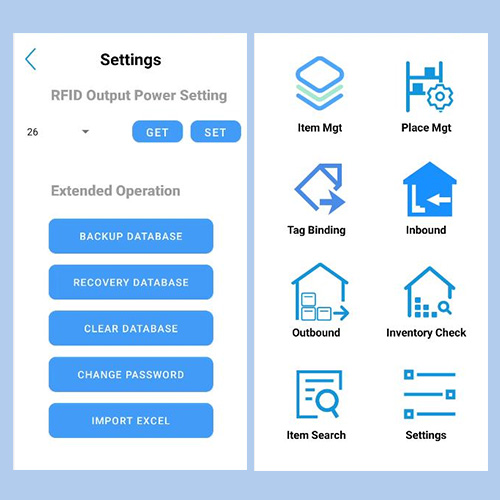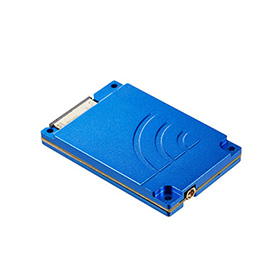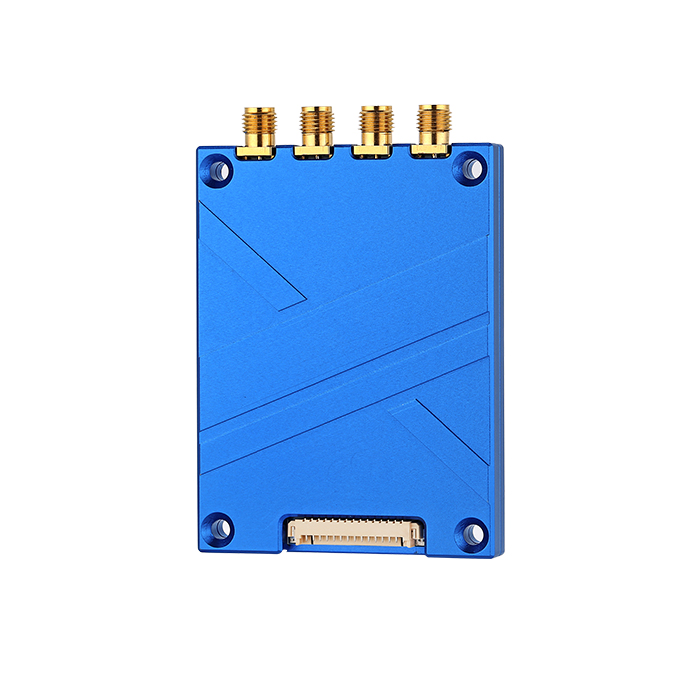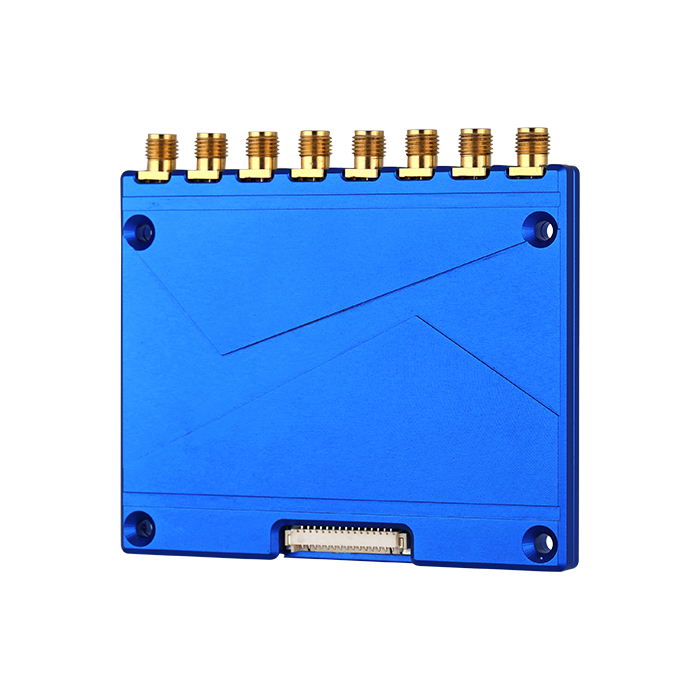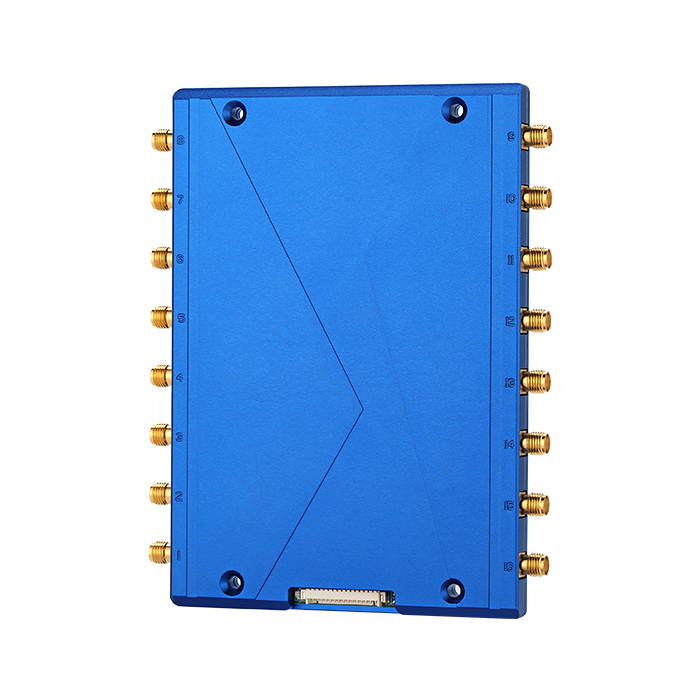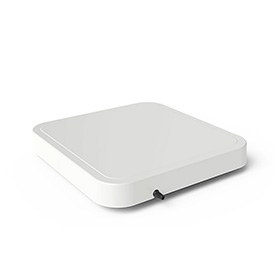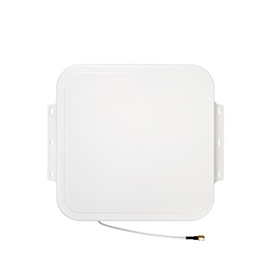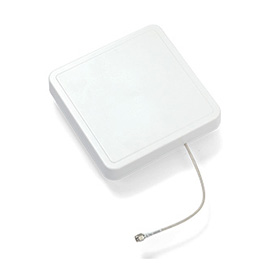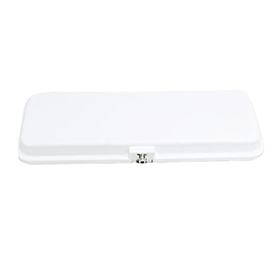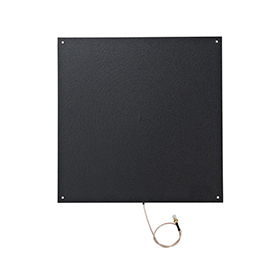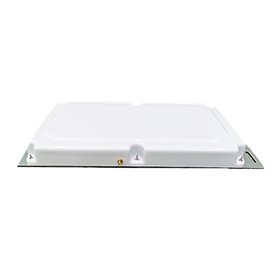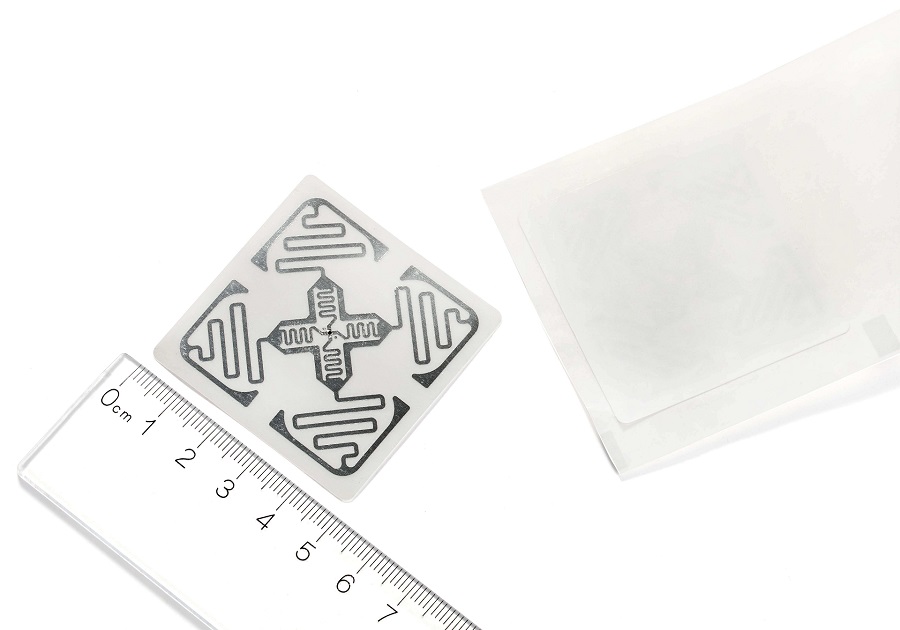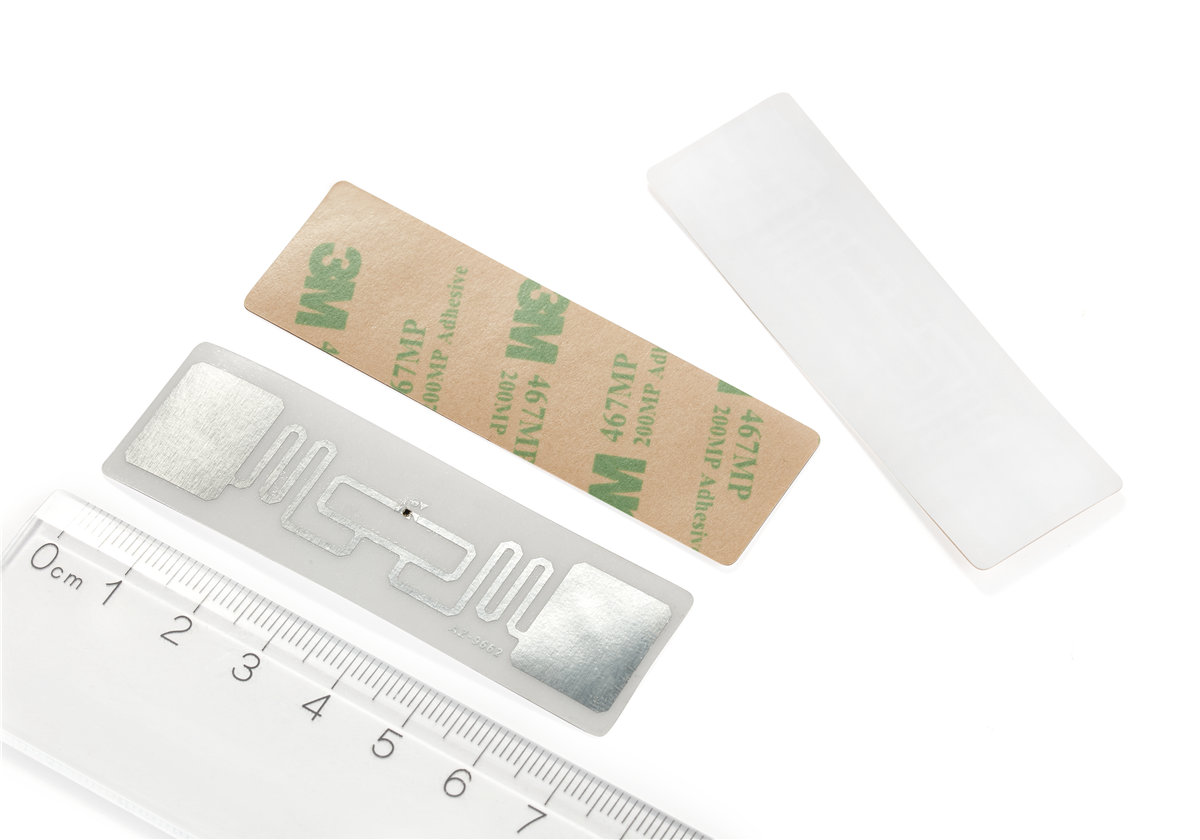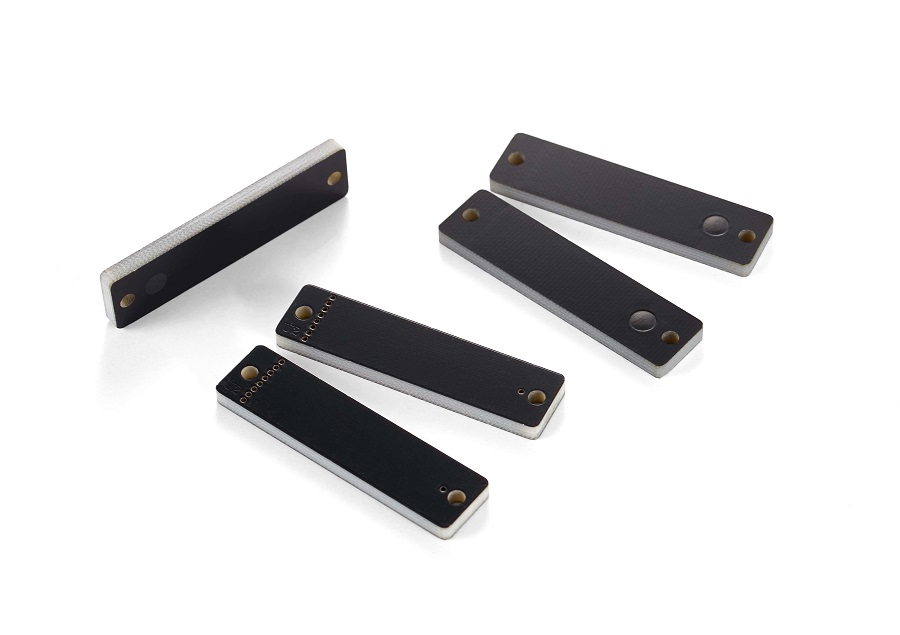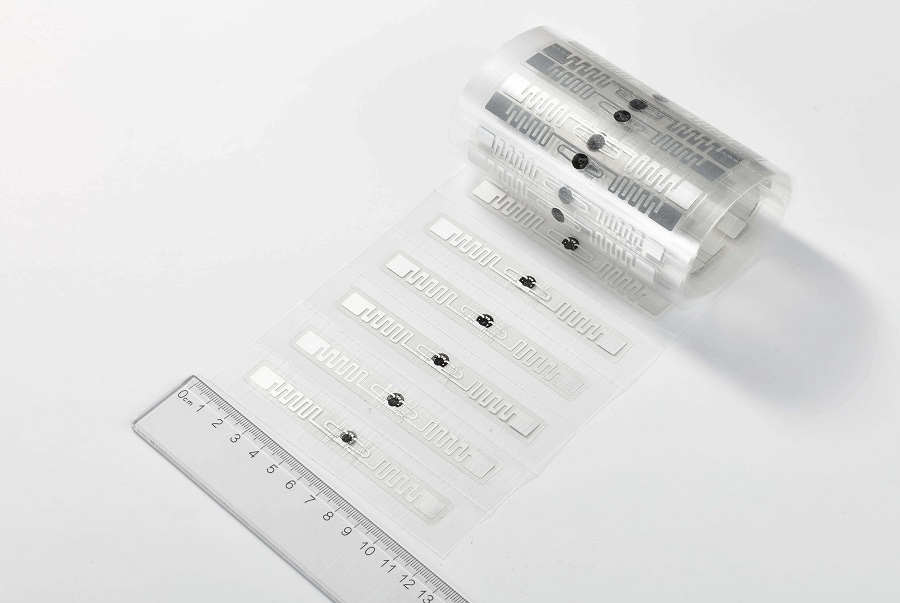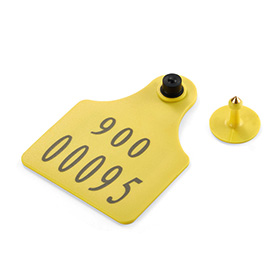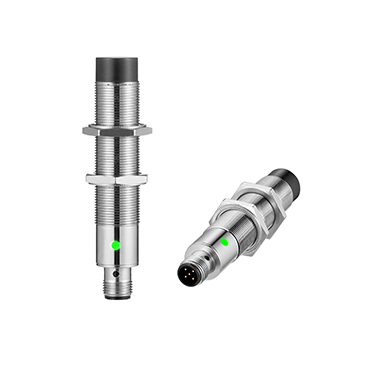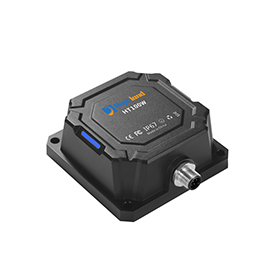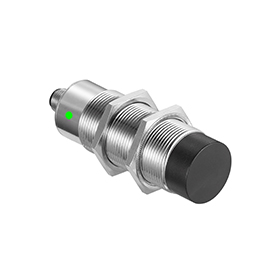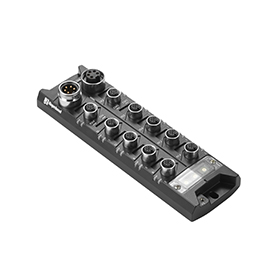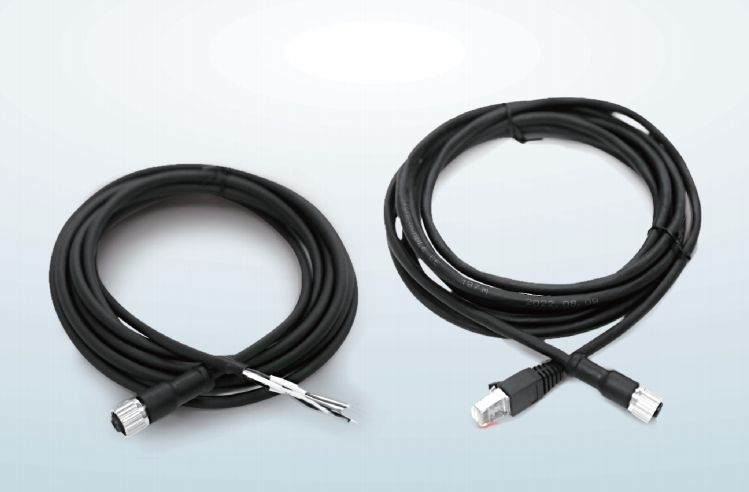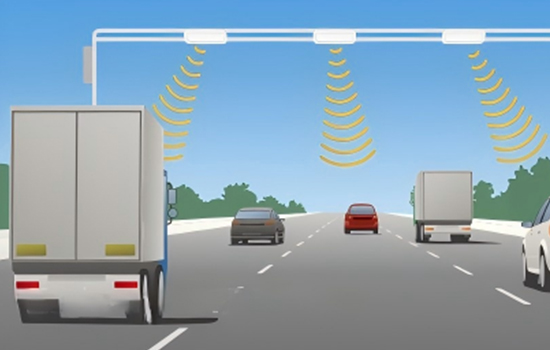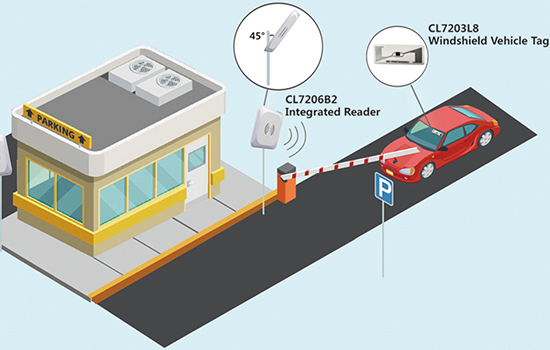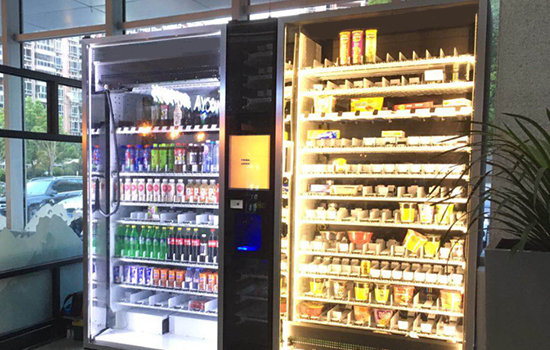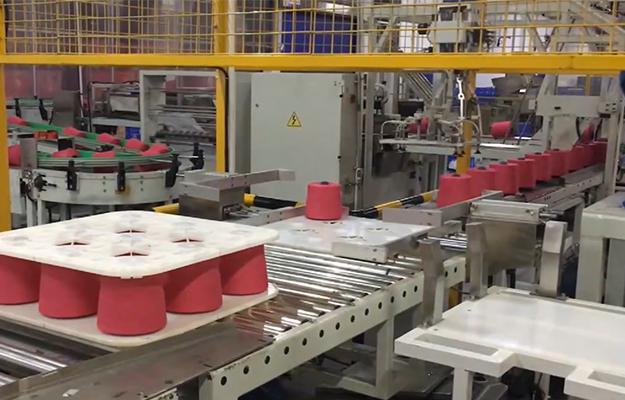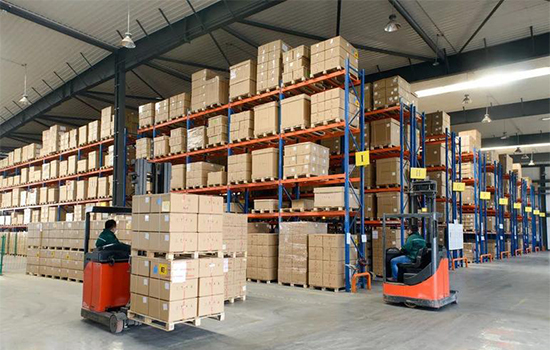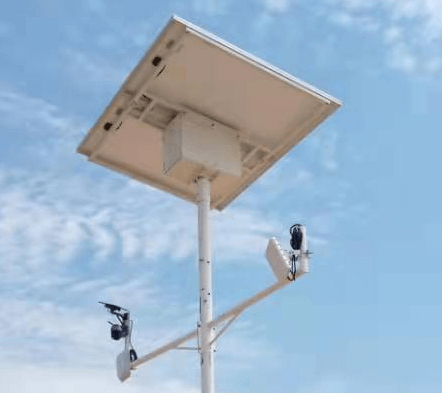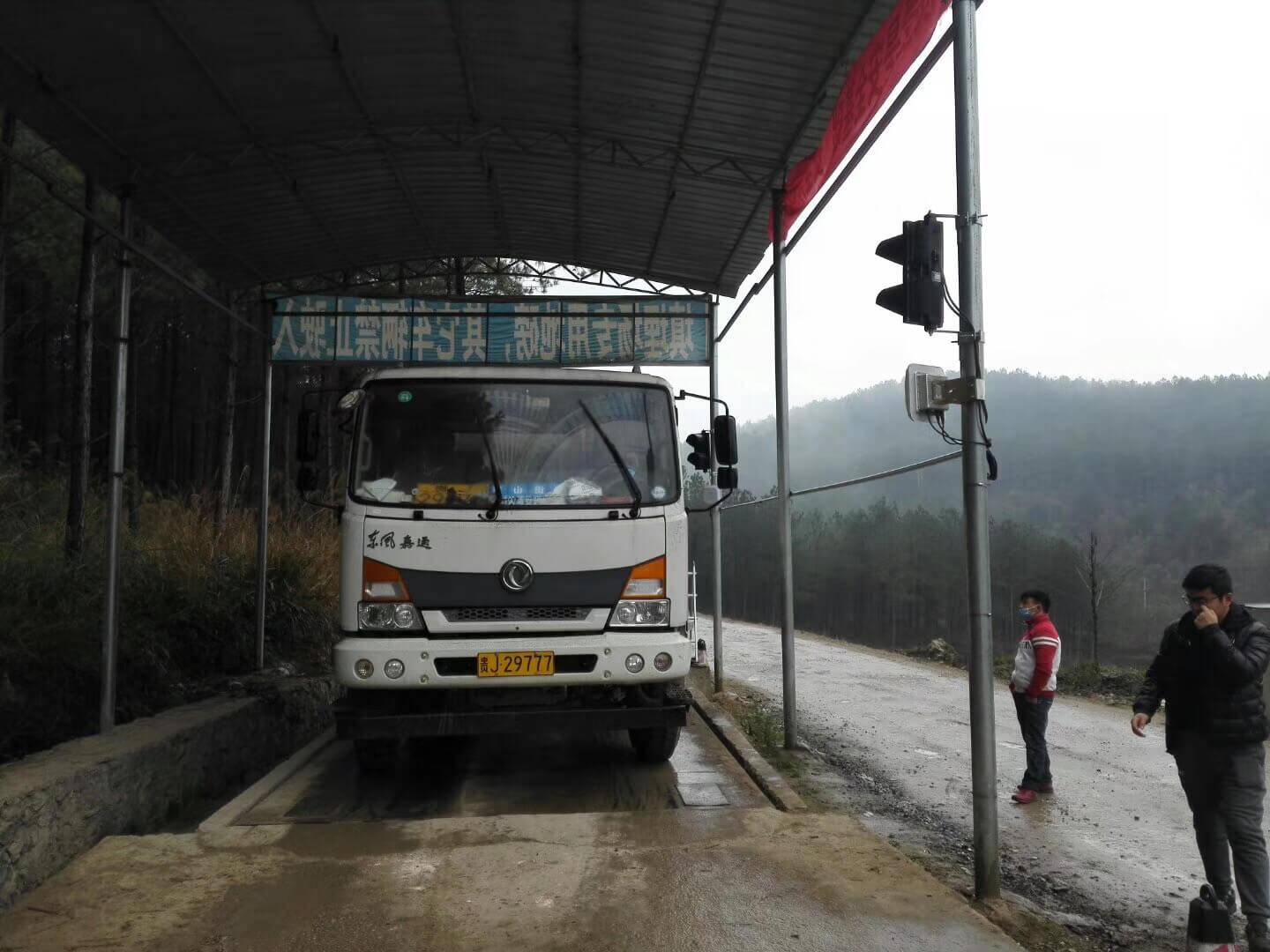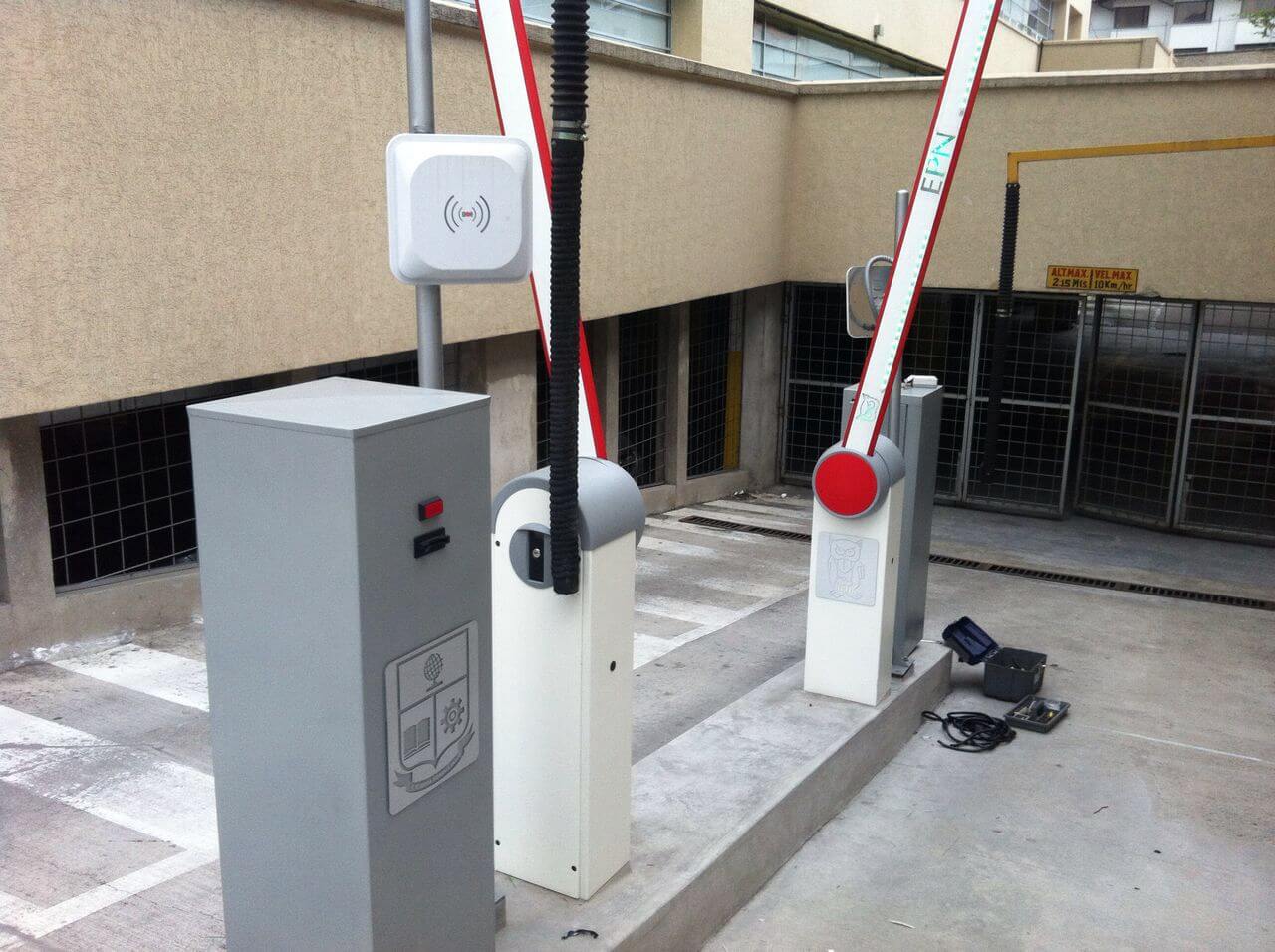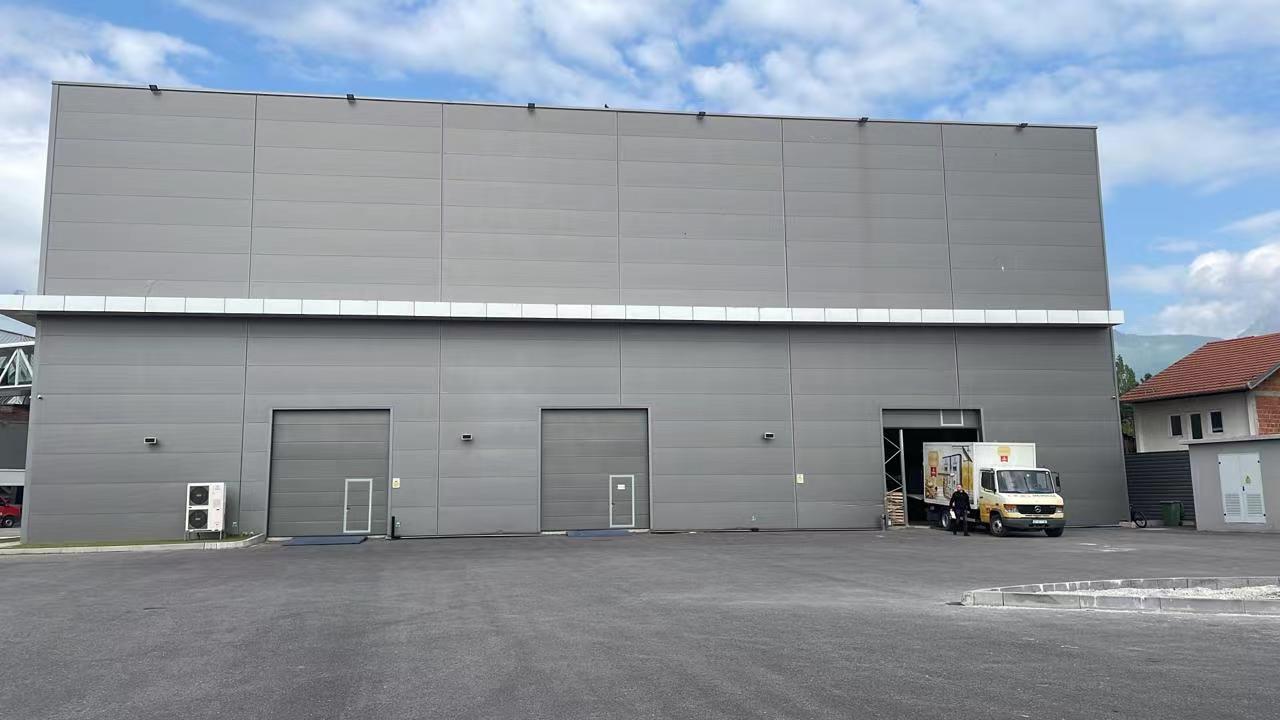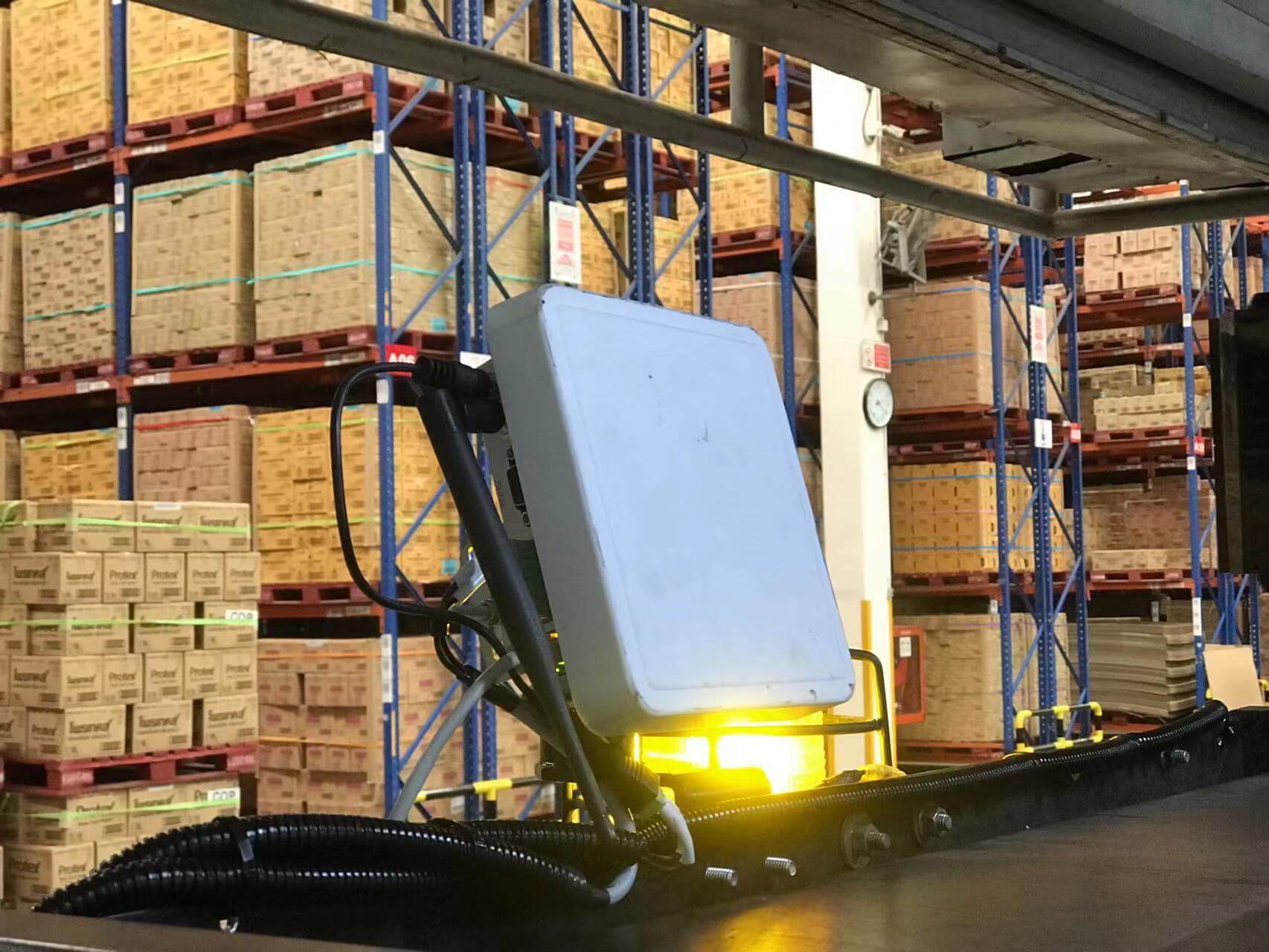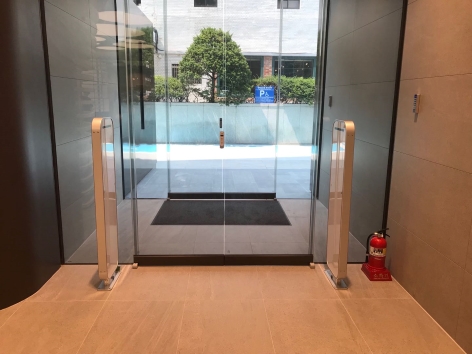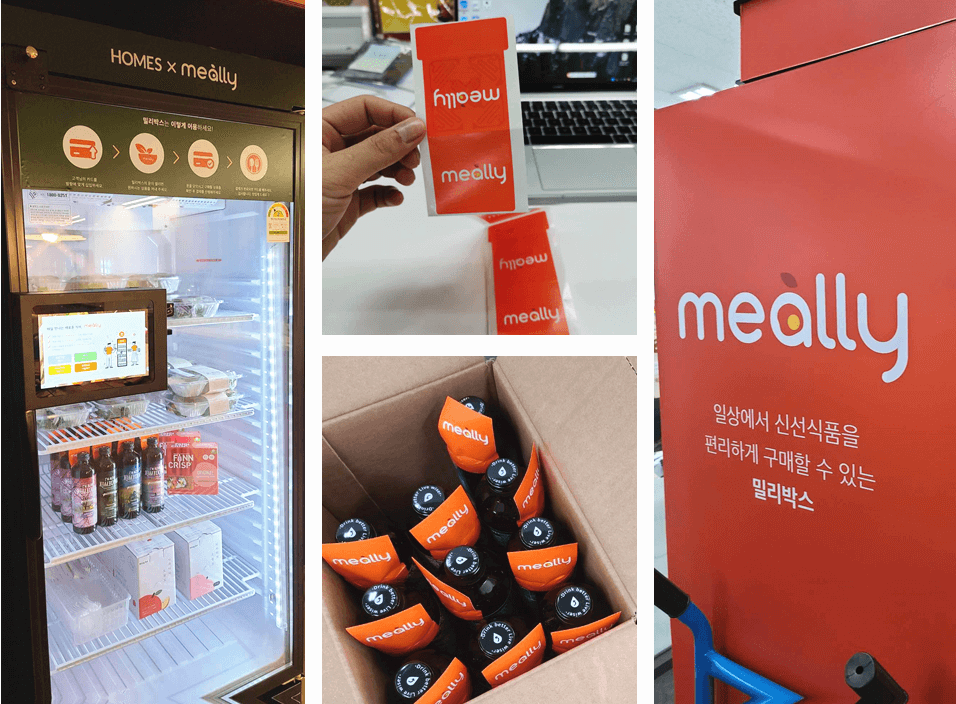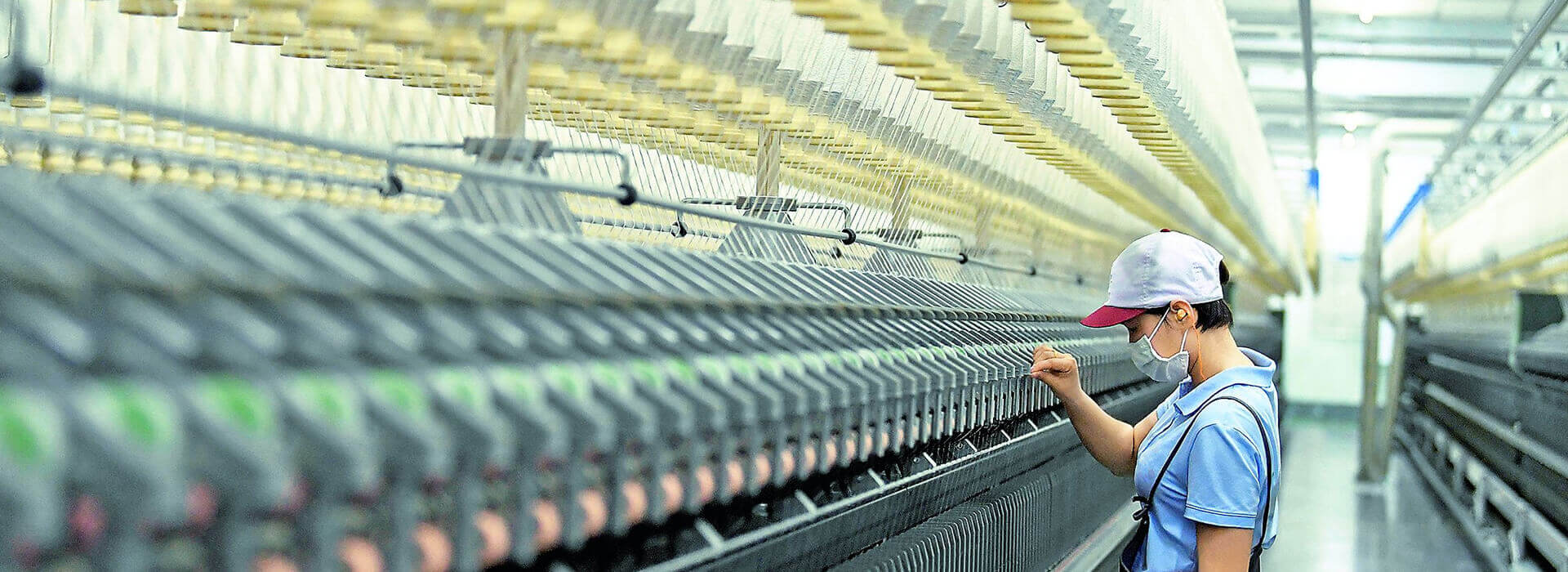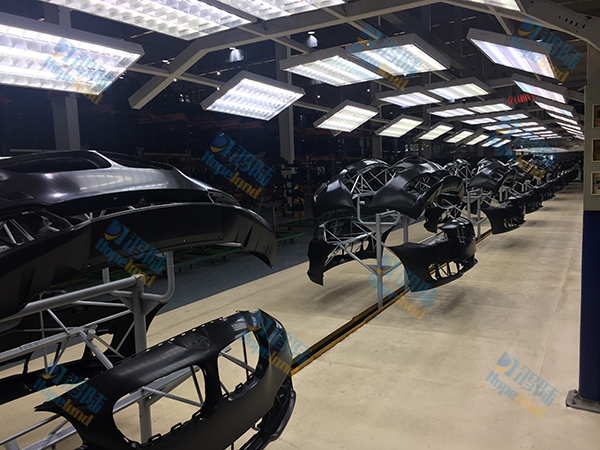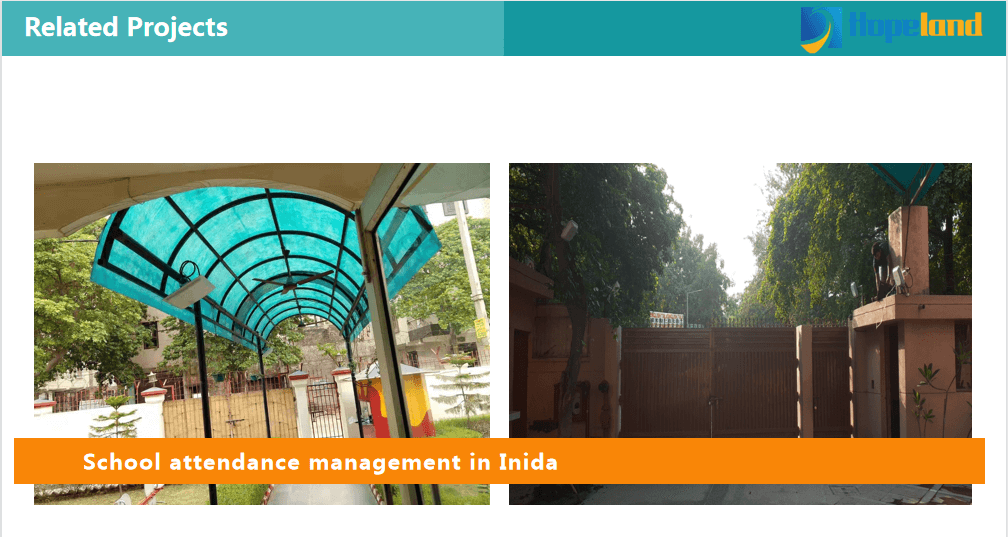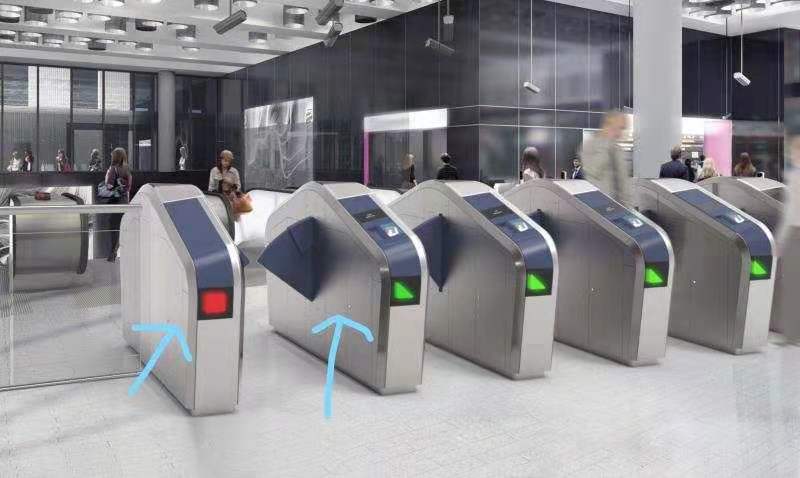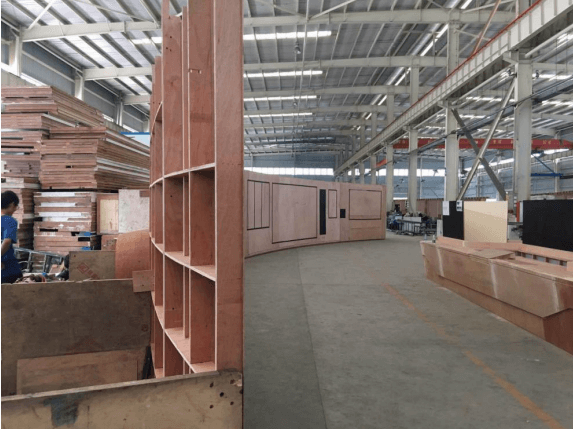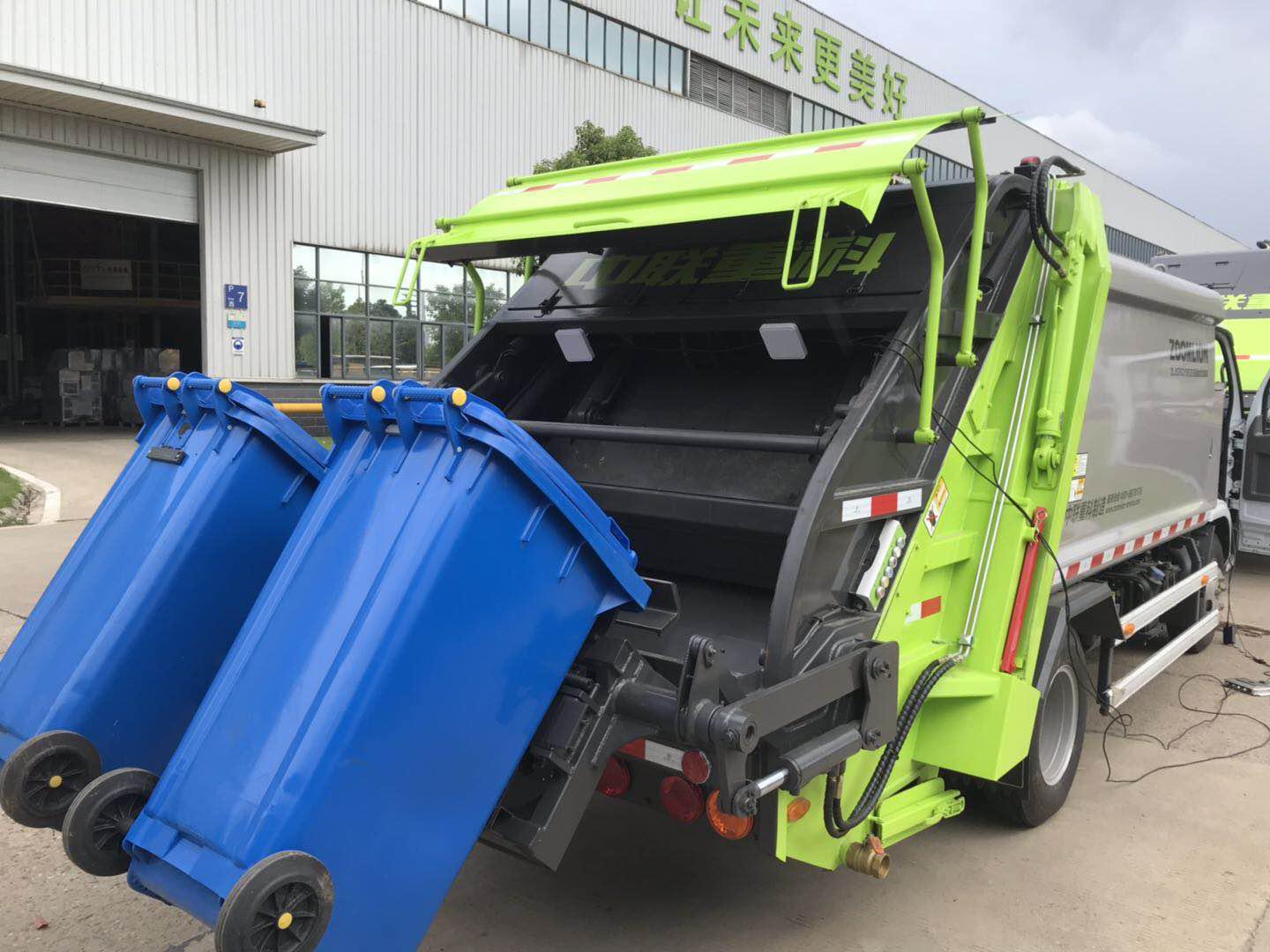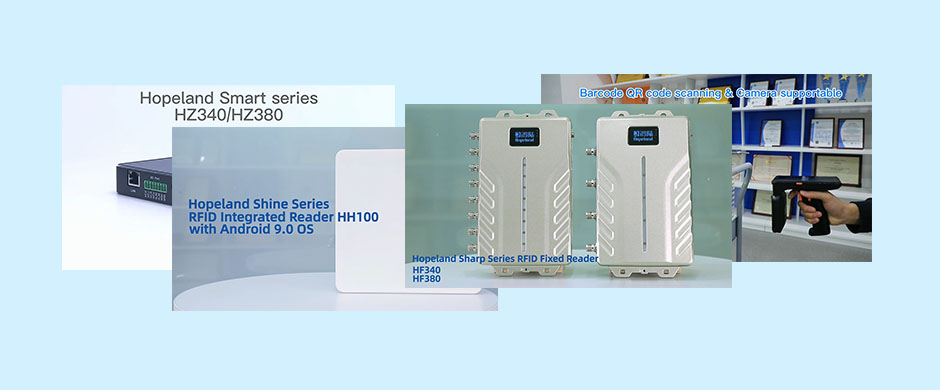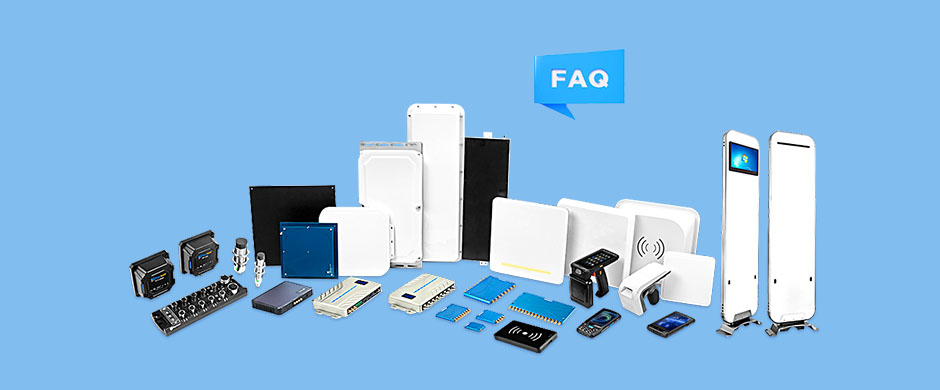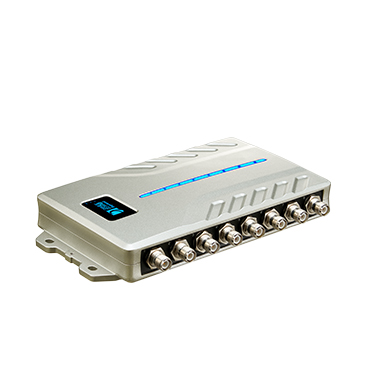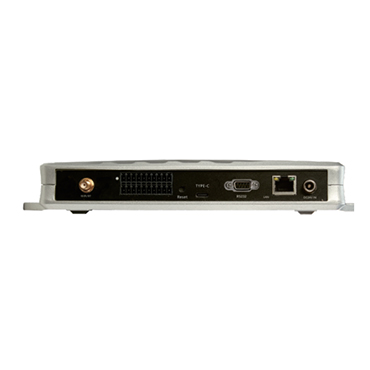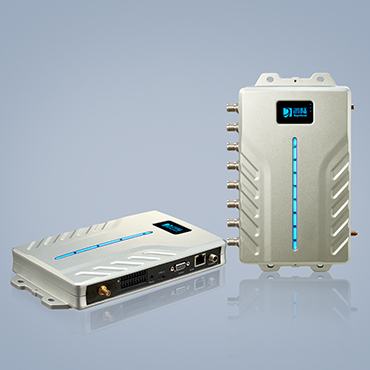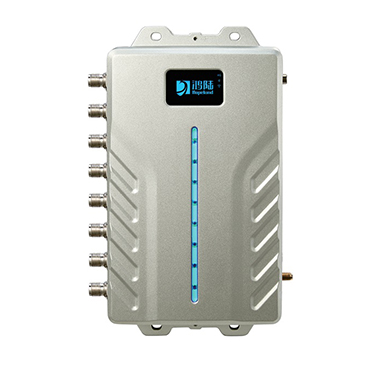
8-Port Fixed Reader HF380
Features
-
 Impinj RAIN RFID E710 chip (Indy R2000 optional)
Impinj RAIN RFID E710 chip (Indy R2000 optional) -
 Processor AT91SAM9G25 clocked at 400MHz
Processor AT91SAM9G25 clocked at 400MHz -
 Support remote configuration via web software
Support remote configuration via web software -
 Built-in Linux system, data cache/white list supportable
Built-in Linux system, data cache/white list supportable -
 RJ-45/RS-232/RS-485/USB/Wiegand ports supported
RJ-45/RS-232/RS-485/USB/Wiegand ports supported -
 PoE,PoE+ IEEE802.3bt (supports max 35db)
PoE,PoE+ IEEE802.3bt (supports max 35db) -
 Scalable Bluetooth, WiFi wireless function
Scalable Bluetooth, WiFi wireless function -
 Supports RSSI and tag data filtering
Supports RSSI and tag data filtering
Highlights
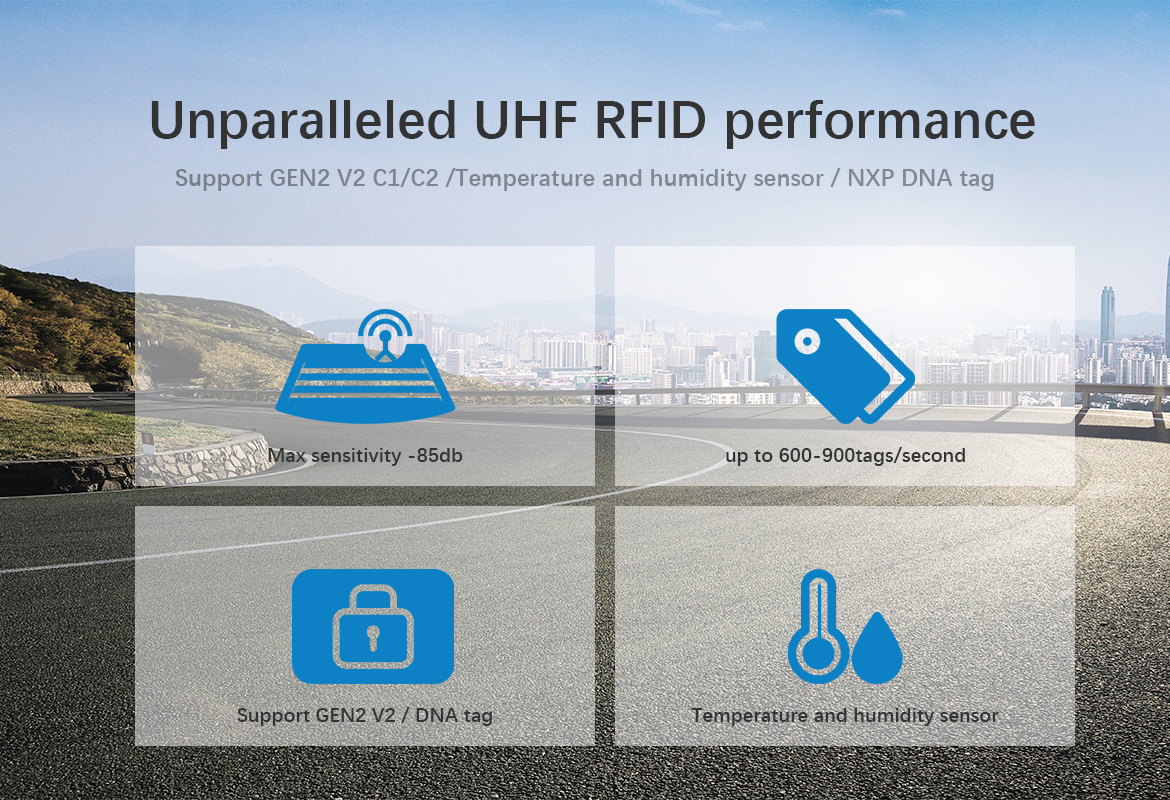
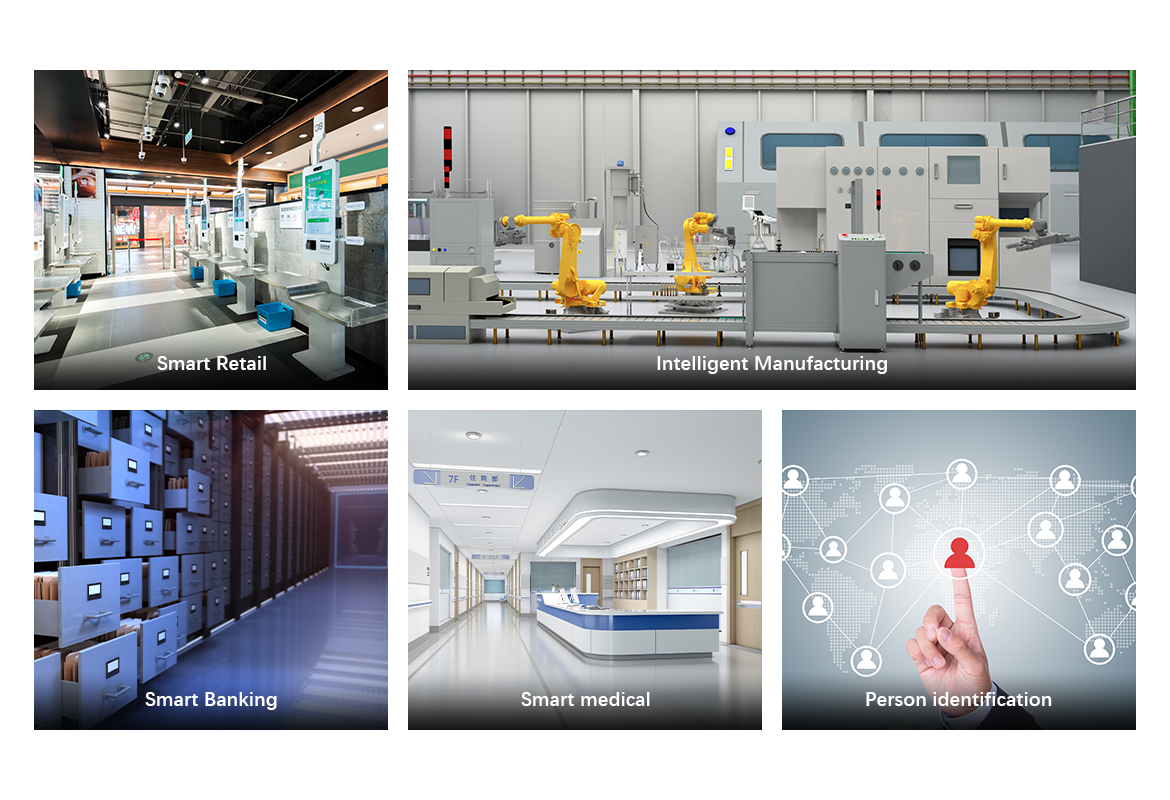
Hopeland Fixed RFID Reader
* Powered by Impinj E710 chip for maximum tag detection performance.
* Linux 5.4.61 OS based open development environment
* Support MQTT provides real-time, reliable messaging services for connecting cloud servers
* Support HTTP POST communication to send the tag data to the web URL directly
* Support to send the tag data to the specified database directly
* Kinds of communication interfaces: RJ45, RS485, Wiegand, USB, Wi-Fi, Bluetooth, 4G, installation friendly I/O connector,
* Support RSSI, speed filters, antenna detection, online update
* Real useful PoE (max 35dbi power output) supportable


Specifications
-
System
Processor dual-core Cortex-A7 1GHz Memory Flash 8GB,DRAM 128MB Operation System Linux 5.4.61 Firmware upgrade Demo software/remote upgrade SDK Windows system– .Net / .Net core / C++ / Java SDK
Android system- Java
Linux system – Java SDK -
Environment
Operating temperature -20℃~+70℃ Storage temperature -40℃~+85℃ Humidity 5%RH~95%RH (no condensation) Protection Level IP5X
Add waterproof case for outdoor use -
RFID
Protocol ISO/IEC 18000-6B,6C/EPC C1Gen2、C2Gen2,GB/T 29768-2013, GJB 7377.1 Frequency CMII:920MHz~925MHz,840MHz~845MHz
FCC:902MHz~928MHz
ETSI:865MHz~868MHz
EAC/ANATEL/KC/SIRIM/NBITC optional &customizableOutput Power 0dBm~35dBm(±1dBm) Read Range 0m~30m (Related to transmit power, antenna type, tag type and application environment) Channel Bandwidth <200KHz Special Function Automatic reading/whitelisting;
Breakpoint resume/data filter;
Custom PLC/Modbus compatible data format
Read RF/EM temperature RFID sensorOperating mode Supports multi-tag/intensive read and write -
Physical
Dimension 241mm×132mm×36mm Weight 1.2Kgs
G.W: 1.5KgsMaterial Die-cast Aluminum Status indication Power, Status, Antenna Port Indicators Power consumption 25W Communication Interface RJ45, RS232, RS485, USB Host&Client, Wiegand Optional WiFi, Bluetooth I/O interface 4 optocoupler input, 4 relay output Input Power DC 24V/2.5A(DC 9V~30V,60W) Antenna Port 8 RP-TNC antenna ports
Applications
Smart Retail
RFID Smart Refrigerator
With the rising cost of human resources and the increasing demand for the ultimate shopping experience, consumers are more comfortable with access to food and beverages anytime and anywhere. This has led to the emergence of smart new retail methods such as unmanned convenience stores, smart refrigerators, and smart vending machines. Among them, unmanned vending machines are one of the most common ones in daily life.
At same time, retail companies need to track all goods inventory status, improve operational efficiency, save labor cost and analysis customer's purchase trend to increase revenue. RFID technology can help them achieve it effortlessly. Nowadays, RFID technology is widely used in retail. The automatic retail fridge is built with RFID UHF hardware, so that retailers can track the goods status at any time. More importantly, smart RFID refrigerators enable buyer to finish purchase process alone and automatically.
At same time, retail companies need to track all goods inventory status, improve operational efficiency, save labor cost and analysis customer's purchase trend to increase revenue. RFID technology can help them achieve it effortlessly. Nowadays, RFID technology is widely used in retail. The automatic retail fridge is built with RFID UHF hardware, so that retailers can track the goods status at any time. More importantly, smart RFID refrigerators enable buyer to finish purchase process alone and automatically.
View Details
Smart Retail
Smart Retail Store
Pain points in traditional retail stores
Operating aspects:
The operating costs of common convenience stores continue to rise
The cost of rent
convenience stores and merchants are more and more concerned with the capital. But the store resources are relatively scarce, and the pressure on the rising cost of rent will continue to exist in the future.
Labor costs
The decline of the working age workforce increases the labor cost. The increase of convenience store staff mobility and the increase of personnel costs and management costs.
The cost of water and electricity
The relative area is larger and the water power consumption is more.
Consumer aspects:
Purchasing daily necessities is inconvenient and far away.
There is no 24-hour store in the evening, and difficult to meet any emergency.
Operating aspects:
The operating costs of common convenience stores continue to rise
The cost of rent
convenience stores and merchants are more and more concerned with the capital. But the store resources are relatively scarce, and the pressure on the rising cost of rent will continue to exist in the future.
Labor costs
The decline of the working age workforce increases the labor cost. The increase of convenience store staff mobility and the increase of personnel costs and management costs.
The cost of water and electricity
The relative area is larger and the water power consumption is more.
Consumer aspects:
Purchasing daily necessities is inconvenient and far away.
There is no 24-hour store in the evening, and difficult to meet any emergency.
View Details
Industry 4.0
Textile Production
At present, bar code scanners are used to scan the labels outside the box one by one in the weaving and weaving yarn bins and winding in and out warehouses. The average daily scanning time is more than 28 hours and the workload is large, which wastes a lot of manpower and is not efficient.
The modern warehouse management system based on RFID technology can automatically complete the scanning of multiple labels at one time, save time and manpower, effectively achieve the accuracy of inventory, detect idle weft yarns in time, and improve the efficiency of management weft allocation. Cooperate with automatic assembly line, AGV, manipulator and other equipment, use RFID technology to intelligently perceive equipment and materials, realize production automation, real-time and visualize warehouse management, and use special mobile terminals to achieve fast and accurate inventory. The successful implementation of the project will provide strong support for the information process of the subsequent automated allocation warehouse.
The modern warehouse management system based on RFID technology can automatically complete the scanning of multiple labels at one time, save time and manpower, effectively achieve the accuracy of inventory, detect idle weft yarns in time, and improve the efficiency of management weft allocation. Cooperate with automatic assembly line, AGV, manipulator and other equipment, use RFID technology to intelligently perceive equipment and materials, realize production automation, real-time and visualize warehouse management, and use special mobile terminals to achieve fast and accurate inventory. The successful implementation of the project will provide strong support for the information process of the subsequent automated allocation warehouse.
View Details
Asset Management
Tool Management Solutions
Traditional tool management methods generally rely on non-automated, paper-based systems to record, track and manage; a few use barcodes to identify and manage assets; but the efficiency is extremely low, with the increase in the number of assets, extremely The earth has increased the burden of management personnel, a serious waste of human resources, and also increased the difficulty of tool management, often resulting in untimely data and high error rates. Often the inventory management is chaotic, and the inbound and outbound data is wrong. If it is left to exist on a large scale for a long time, it will bring great cost problems to the enterprise.
In terms of tool management application technology, traditional automatic identification technologies such as one-dimensional bar code/two-dimensional bar code have also been widely used in the management of item classification and labeling. However, the barcode technology itself relies on the visible light scanning reflection, the recognition rate is low, the barcode is easily damaged and stained, and the amount of stored information is small. Generally, it only identifies a certain type of product, which affects its wide application in logistics management.
Compared with barcode technology, RFID radio frequency identification technology is a typical representative of non-contact long-distance automatic identification technology. RFID technology has high recognition accuracy, reliable performance, large amount of stored information, and oil and sewage resistance, especially suitable for automatic identification requirements in harsh working environments. The use of RFID tags to replace barcodes and other identified goods can effectively complete the automatic management of assets, and realize the automatic collection, automatic processing and report output of asset information.
In terms of tool management application technology, traditional automatic identification technologies such as one-dimensional bar code/two-dimensional bar code have also been widely used in the management of item classification and labeling. However, the barcode technology itself relies on the visible light scanning reflection, the recognition rate is low, the barcode is easily damaged and stained, and the amount of stored information is small. Generally, it only identifies a certain type of product, which affects its wide application in logistics management.
Compared with barcode technology, RFID radio frequency identification technology is a typical representative of non-contact long-distance automatic identification technology. RFID technology has high recognition accuracy, reliable performance, large amount of stored information, and oil and sewage resistance, especially suitable for automatic identification requirements in harsh working environments. The use of RFID tags to replace barcodes and other identified goods can effectively complete the automatic management of assets, and realize the automatic collection, automatic processing and report output of asset information.
View Details
Send A Message
Related Products
-
HH340IoT Fixed Android RFID ReaderHopeland HH340 is a 4-port Android-based fixed RFID reader integrated with Impinj R2000/E710 RFID chip. This long range UHF RFID reader supports RJ45, RS485, Wiegand, USB, Bluetooth, WIFI, 4G, etc. as well as supports MQTT to provide real-time and reliable messaging services. It also supports sending data directly to the database.Details
-
HZ5404-port UHF RFID ModuleHZ540 module is a miniaturized UHF RFID reader. The core components of the core platform adopts R2000 which is a high-performance highly integrated reader IC and integrated with analog RF front-end and baseband digital signal processing modules etc.Details
-
HF3404 Ports Fixed ReaderAdopt Impinj R2000/E710 chip platform; Built-in Linux system; Super long reading distance up to 30meters and 600-900 times each second. Kinds of communication interfaces: RJ45, RS485, Wiegand, USB, Wireless Wi-Fi, Bluetooth, 4G, PoE optional.Support RSSI, antenna detection, online update.Details
-
HH380IoT Android 8 Ports RFID ReaderUsing Impinj INDY R2000/E710 high-performance RFID chip, running Android 9.0 operating system, 4 ports/8 ports are optional.Details


